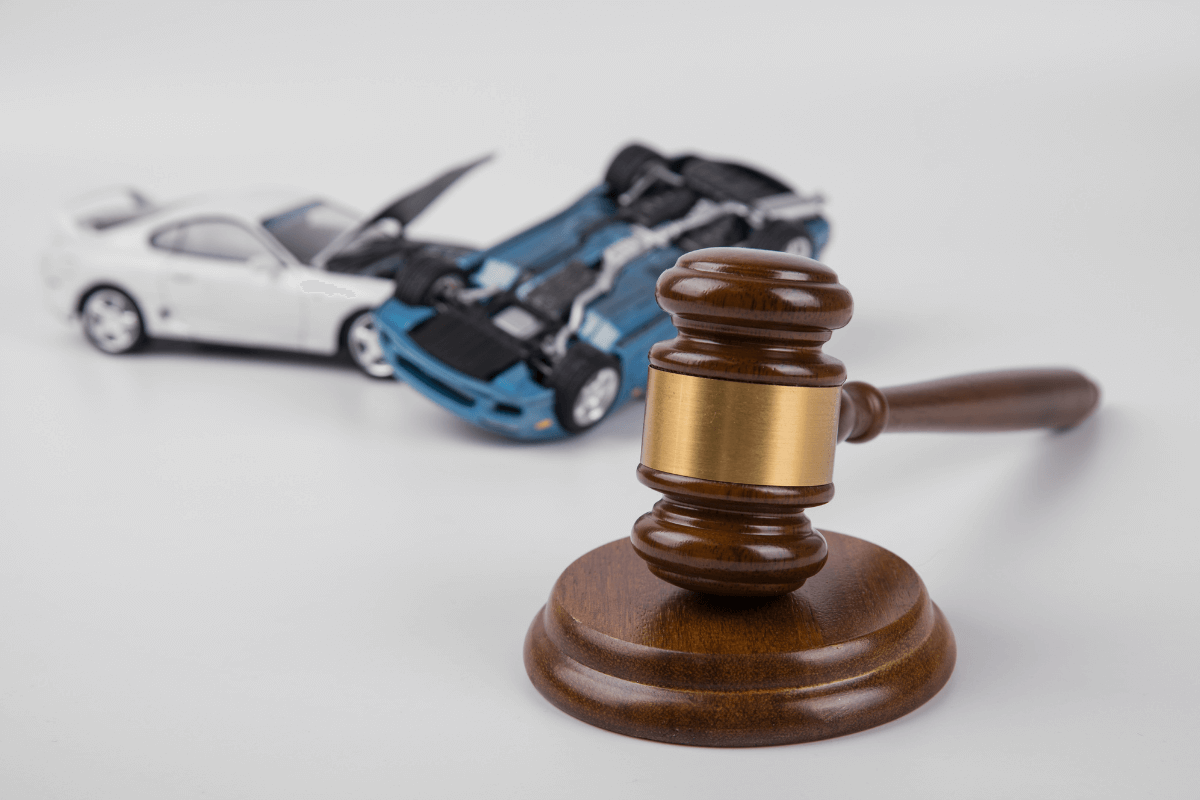
How Car Accident Compensation Works in California
In order to maximize your car accident compensation in California, you and your legal team will have to establish that the other party was negligent and present documentation showing the full extent of your losses.
If you are found partly responsible, you can still claim your losses, even if you were 99% at fault. However, the amount of fault you carry will impact your settlement, reducing it by the same percentage.
So, if you were 50% to blame, you would receive only half your requested damages.
Economic damages are financial costs associated with the car accident. Examples of an damages in car accident cases include:
- Emergency transport to a hospital
- ICU, ER, and surgical costs
- Medications and mobility devices
- Physical and other therapy expenses
- Renovations to your home to accommodate a disability
- Loss of enjoyment of life
- Mental distress
- Scarring and disfigurement
- Permanent disability
Non-economic damages are those without a dollar value but that still affect car accident victims, including emotional distress, loss of companionship, and pain and suffering.
When a person is injured in a car accident and is able to prove that another party was the at-fault driver, they can pursue economic and non-economic damages through an injury claim.
How Much Could Your California Car Accident Case Be Worth?
 Every case is completely unique and will have specific factors that affect its value. As we mentioned earlier, if you are partly at fault for the accident, it can affect how much you receive in your settlement.
Every case is completely unique and will have specific factors that affect its value. As we mentioned earlier, if you are partly at fault for the accident, it can affect how much you receive in your settlement.
The amount of compensation for damages awarded depends on many variables, including:
- How serious your car accident injuries are, as documented in your medical records
- Whether your injuries are temporary or permanent
- The total amount of current and future medical expenses related to the accident
- The specific treatments used for your recovery
- How well the doctors think you will recover
- If the car accident resulted in disfigurement or scarring
- If the car accident resulted in catastrophic injury
- Your pain and suffering
- Lost income and wages, including diminished earning capacity
- If your injuries have affected your daily life, including work, home life, hobbies, and sports
- If you are unable to provide financially for your family due to your injuries
- The other party’s argument as to the cause of the accident
California Uses Comparative Fault in Personal Injury Claims
Under California law, all drivers must carry liability insurance to pay for the injury and damage they cause during a crash. If the other driver is 100% to blame, you can file a claim against their coverage for full compensation.
However, California is considered a “comparative fault” state, which means that if you were in any way partially responsible for the accident, the damages you can receive may be reduced by the percentage of your own fault.
If you are found partly responsible, you can still claim your losses, even if you were 99% at fault. However, the amount of fault you carry will impact your settlement, reducing it by the same percentage. So, if you were 50% to blame, you would receive only half your requested damages.
There is good news, because California does not limit personal injury damages available in car accidents, as long as the injured party had valid car insurance at the time of the collision. It’s smart to talk with a qualified car accident lawyer before filing any claim, so they can explain how the law applies to your specific circumstances.
Compensation for Emotional Distress (California Law)
Pain and suffering are often the most critical part of analyzing what your case may be worth, and this can include the physical pain and discomfort suffered, as well as any mental distress.
PTSD, or post-traumatic stress disorder, is incredibly common after being in a serious accident. You may experience anxiety after driving, return to the scene of the accident, take measures to avoid where the accident occurred, or be afraid to leave the house.
“Approximately 25–33% of MVA survivors develop PTSD at least 30 days post-accident. MVAs are among the leading causes of PTSD in the general population, affecting an estimated 2.5 to 7 million Americans.” – (Beck & Coffey, 2007, p. 631)
PTSD is a recognized condition under California law when pursuing non-economic damages (CACI No. 1620). The state allows victims to seek compensation for mental anguish, emotional distress, and psychological trauma caused by another party’s negligence.
Calculating your pain and suffering, including any mental anguish you are experiencing, is critical to calculating how much your injury case may be worth.
Insurance companies may use a multiplier method, assigning a value of 1 to 5 to your pain and multiplying your total economic losses by that value.
In California, your attorney likely uses the per diem method, where they ask the jury to use a daily amount (such as $100) and multiply that by the projected number of days you will experience pain and suffering.
Car Accident Compensation Examples
 Our personal injury law firm has worked with many clients to obtain car accident settlements and jury awards. Our experienced attorneys will walk you through the entire claim process. We work to ensure all of your financial needs are taken care of following an auto accident.
Our personal injury law firm has worked with many clients to obtain car accident settlements and jury awards. Our experienced attorneys will walk you through the entire claim process. We work to ensure all of your financial needs are taken care of following an auto accident.
The following are some examples of our case results:
Insurance Companies May Try to Reduce What They Owe You
An essential part of understanding how car accident compensation works in California is knowing that insurance companies aren’t interested in how much you’re suffering. They are focused on their profits and may use techniques to reduce or deny your claim to save themselves money.
Fortunately, your car accident attorney can review each offer and help you determine if it’s the best amount the insurance company could provide. They can also help you decide whether to proceed with a personal injury lawsuit if your damages exceed the policy limits.
Without this knowledge and negotiation skills, you may mistakenly jump at the first offer so you can pay your bills.
You don’t have to accept any offer from the insurer, but it’s also wise to examine the situation and be sure the other party could pay your losses if you sue them. In some cases, you may not get the full amount if they do not have a way to cover them. Your attorney may recommend pushing for the highest insurance settlement possible to prevent you from paying out of pocket.
If you would like to speak to an experienced car accident lawyer today, contact Curtis Legal Group today to schedule your Free Consultation.
Disclaimer
The materials on this web site were prepared by Curtis Legal Group for information purposes only and should not be construed as legal advice or legal opinion on any specific facts or circumstances. These materials do not constitute legal advice.
